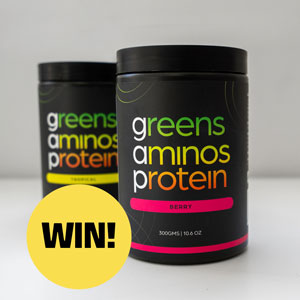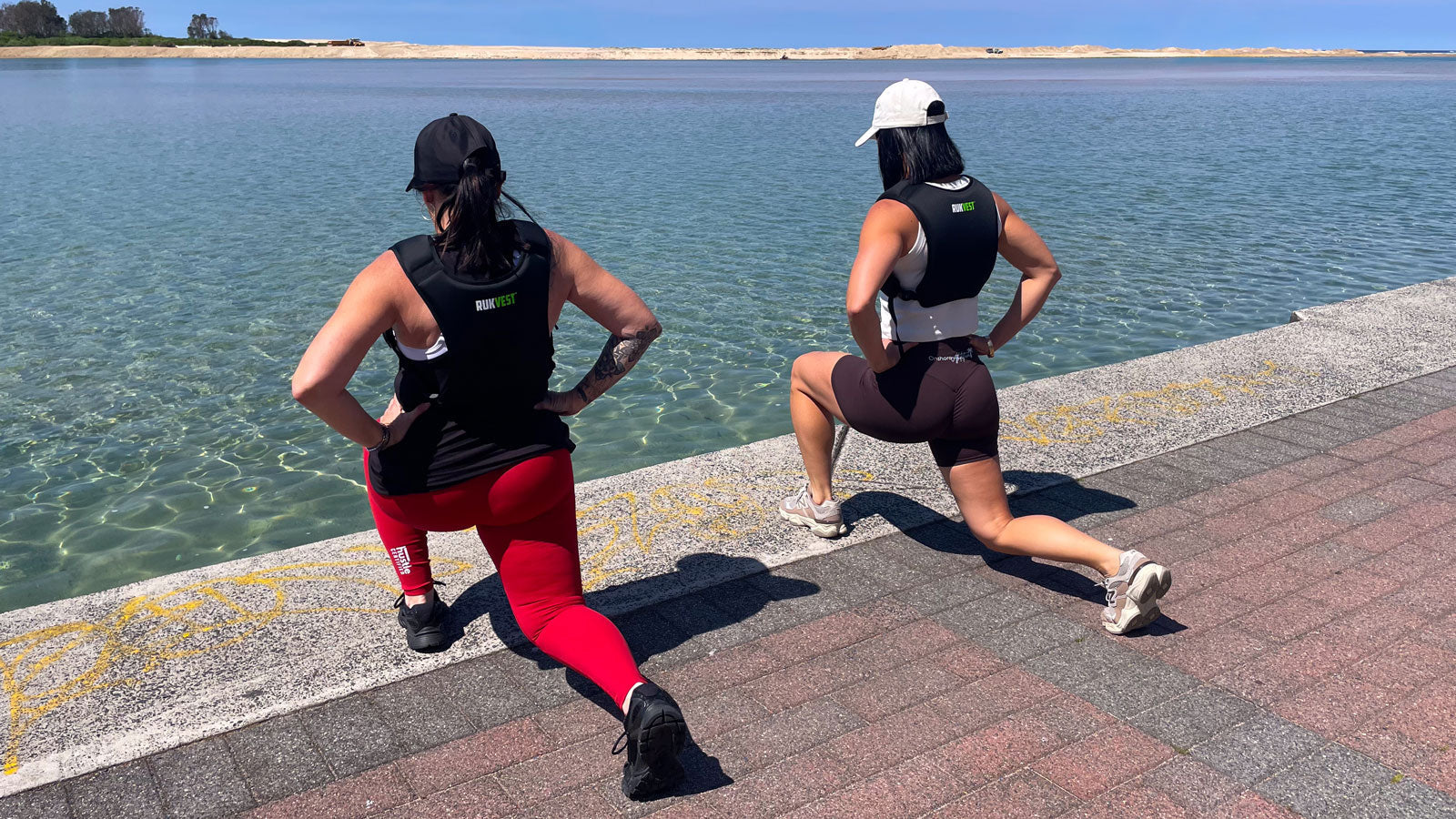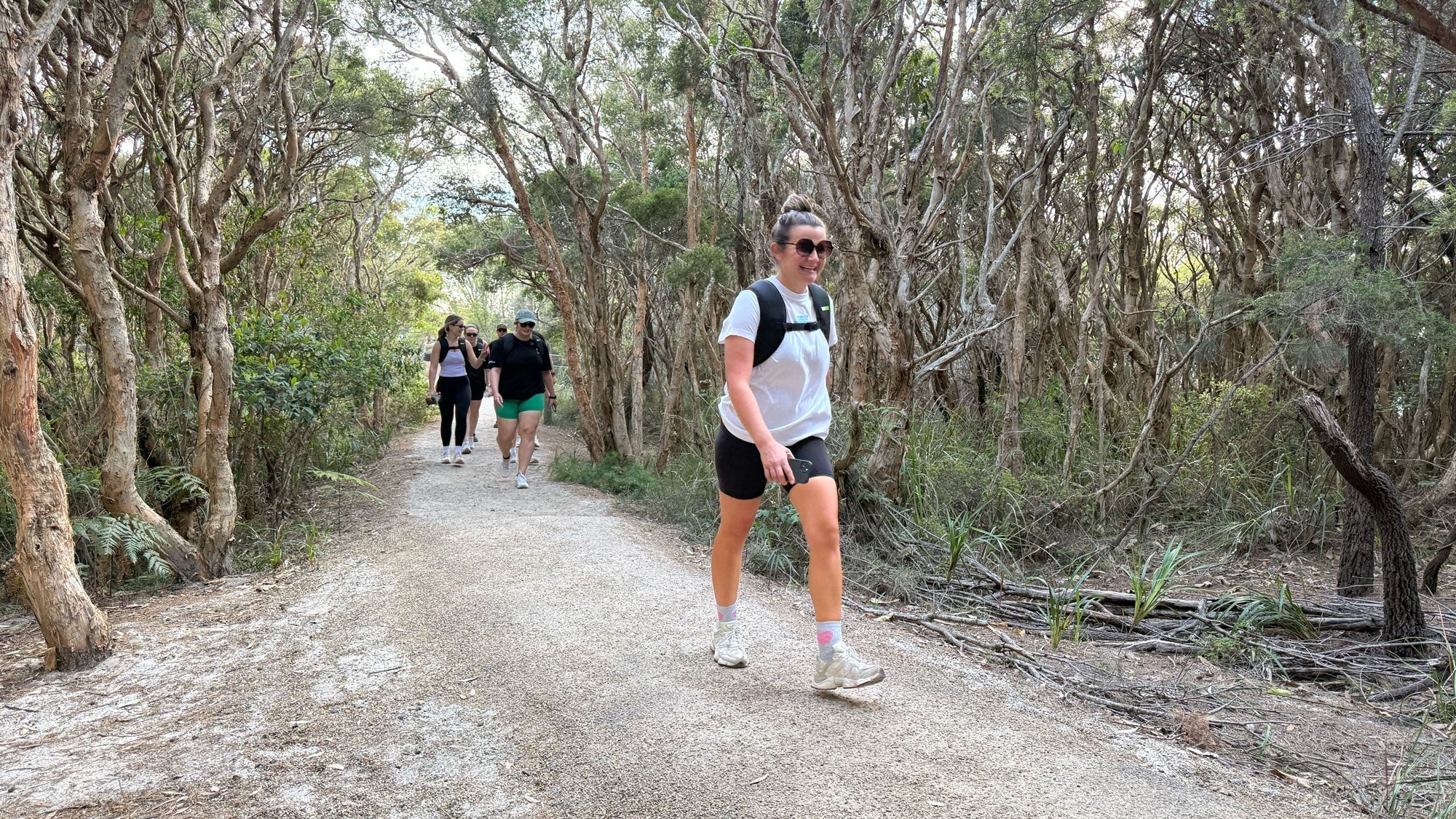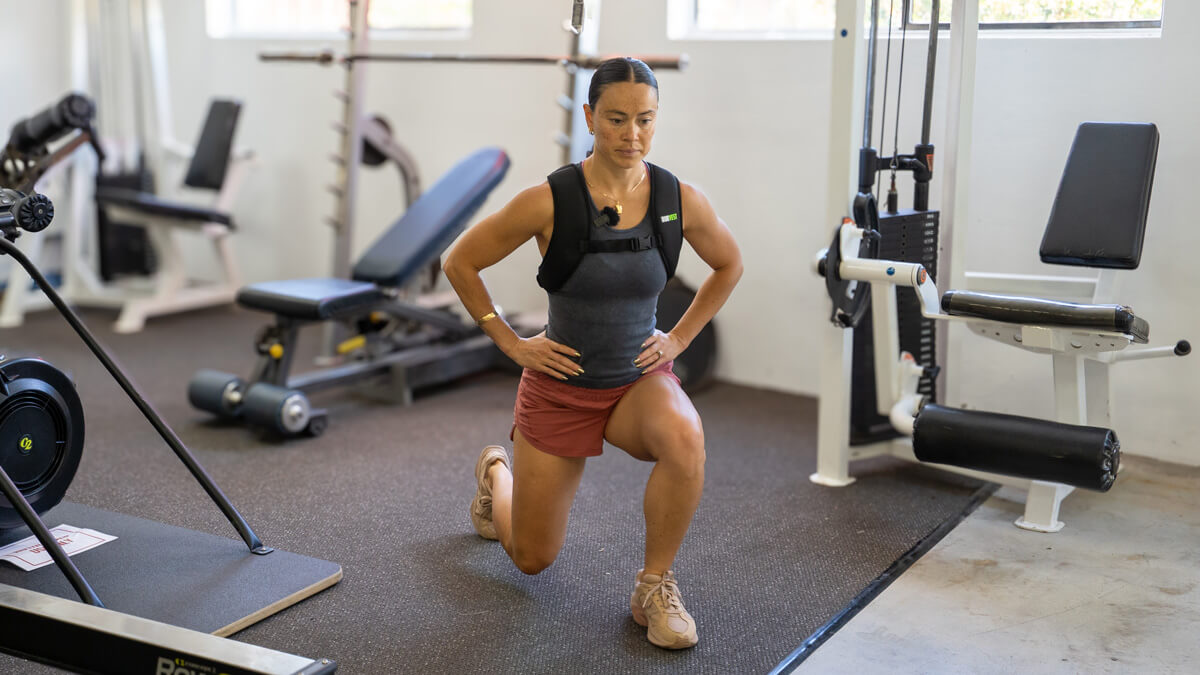If you’ve added a weighted vest to your training, you’ve already made one of the simplest, most effective upgrades to your fitness routine. But like any tool, how you use it makes all the difference. Here’s how to get the most from your vest – safely, comfortably, and with real results.
Key Takeaways
- Start light — aim for 5–10% of your body weight and build gradually as your body adapts.
- Focus on proper form and posture; keep your shoulders back, core engaged, and movements controlled.
- Incorporate simple weighted-vest workouts like walking, squats, lunges, and push-ups into your routine.
- Listen to your body — discomfort or bouncing means your vest may be poorly fitted or low quality.
- Keep your vest clean and stored flat to maintain its comfort and durability.
- The right weighted vest turns everyday movement into full-body strength and endurance training.
1. Start Light and Build Gradually
It’s tempting to load up from day one, but your joints, muscles, and connective tissues need time to adapt.
Start with 5–10% of your body weight and increase slowly once your body feels comfortable. The goal is added resistance, not overload.
Tip: Your weighted vest should feel snug, not tight and it should move with you, not against you.
2. Focus on Form, Not Just Effort
Extra weight amplifies every movement, so good form matters more than ever. Whether you’re walking, squatting, or jumping, pay attention to your posture:
-
Keep your shoulders back and core engaged.
-
Land softly if you’re doing impact work.
-
Maintain even weight distribution – no leaning or slouching.
A well-fitted, balanced vest helps you stay aligned and reduces strain on your back or shoulders.

3. Try These Simple Weighted Vest Workouts
You don’t need fancy equipment, just consistency. Here are some easy ways to work your vest into everyday movement:
-
Brisk walks or hill walks – great for bone density and cardiovascular fitness.
-
Bodyweight circuits – squats, lunges, push-ups, or step-ups.
-
Short bursts – add 10–15 minutes of weighted movement into your regular workouts.
Even small increments add up to noticeable strength and endurance gains.
4. Listen to Your Body
If your vest feels uncomfortable, bounces, or shifts mid-move, it might be a sign of poor design or uneven filling. That’s one reason RUKVEST’s weighted gel technology is different. It moves naturally with your body, without the bounce or “sandbag” feel that some cheaper vests have.
Comfort = consistency, and consistency is where results happen.

5. Keep It Clean and Fresh
Sweat and friction can wear down a vest over time. Wipe it down after each session, and store it flat.
Quality vests with a sealed gel weight (like ours) won’t leak, smell, or clump, so you can train harder and cleaner for longer.
The Bottom Line
A weighted vest can turn everyday movements into full-body workouts, no gym required.
Start light, stay consistent, and choose gear that’s built to support your body – not fight against it.
Train smart, move well, and let your vest do the work.









Share:
Choosing the Right Weighted Vest Filling (and Why to Avoid Granular Iron Sand)
Perimenopause vs Postmenopause: Why Timing Matters for Bone Loading